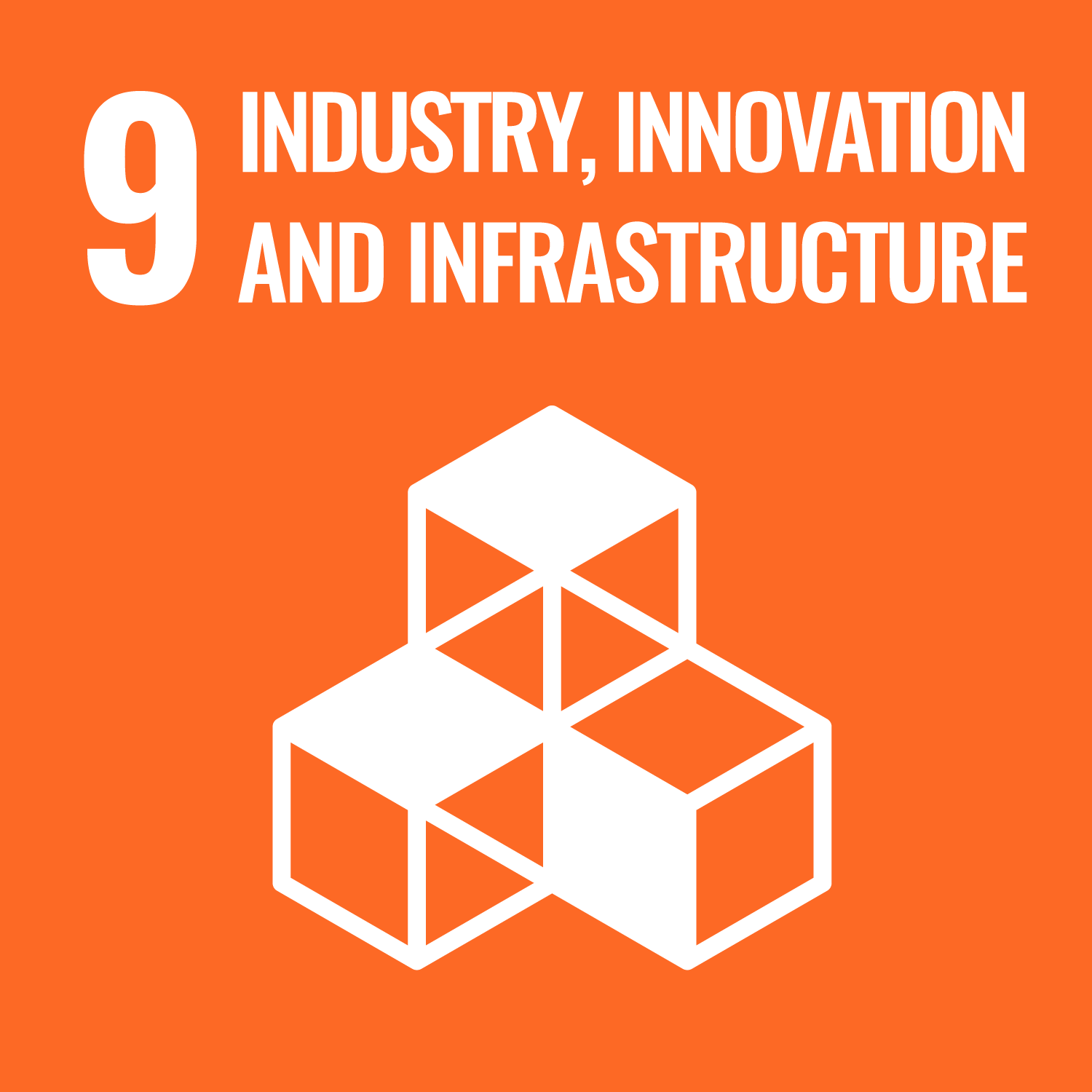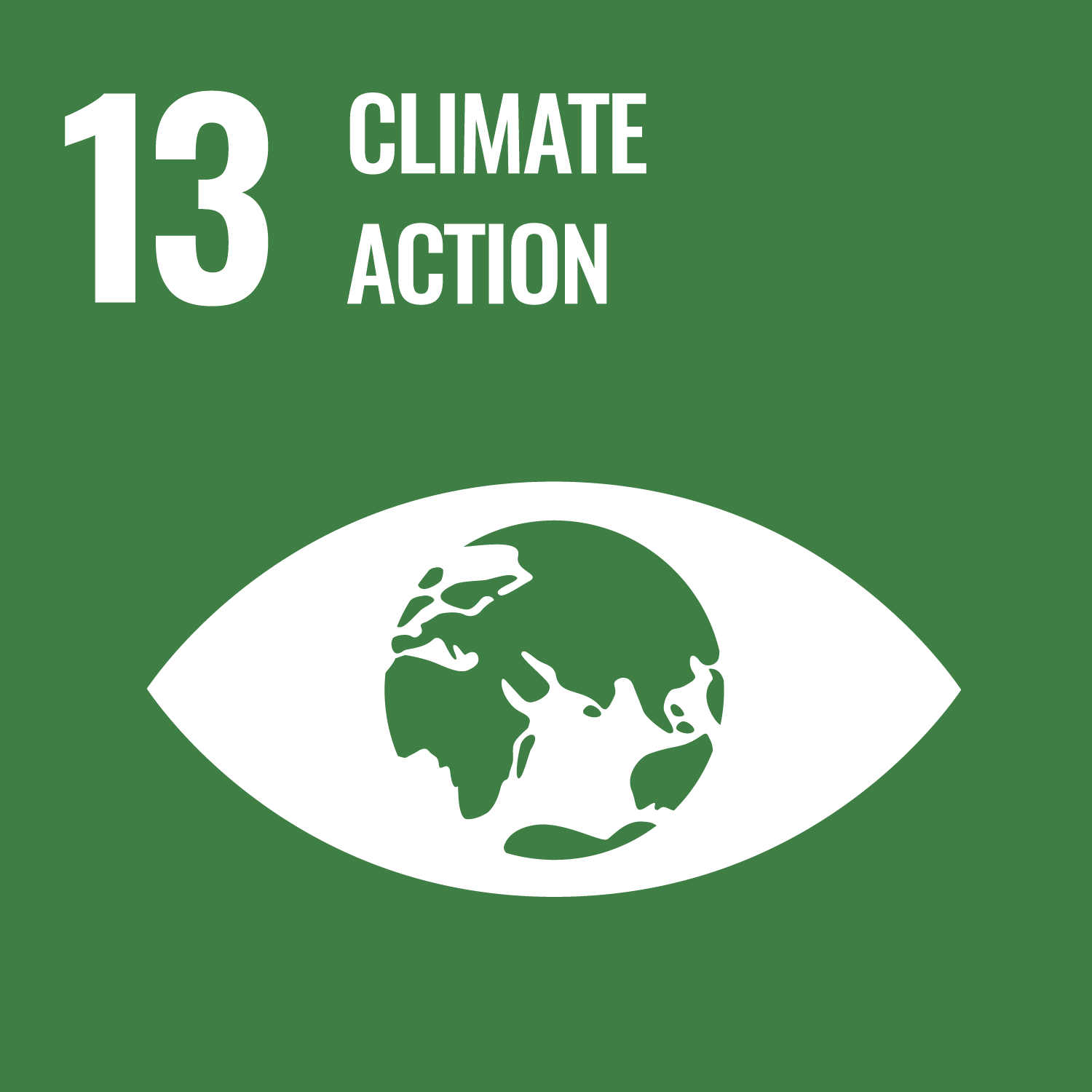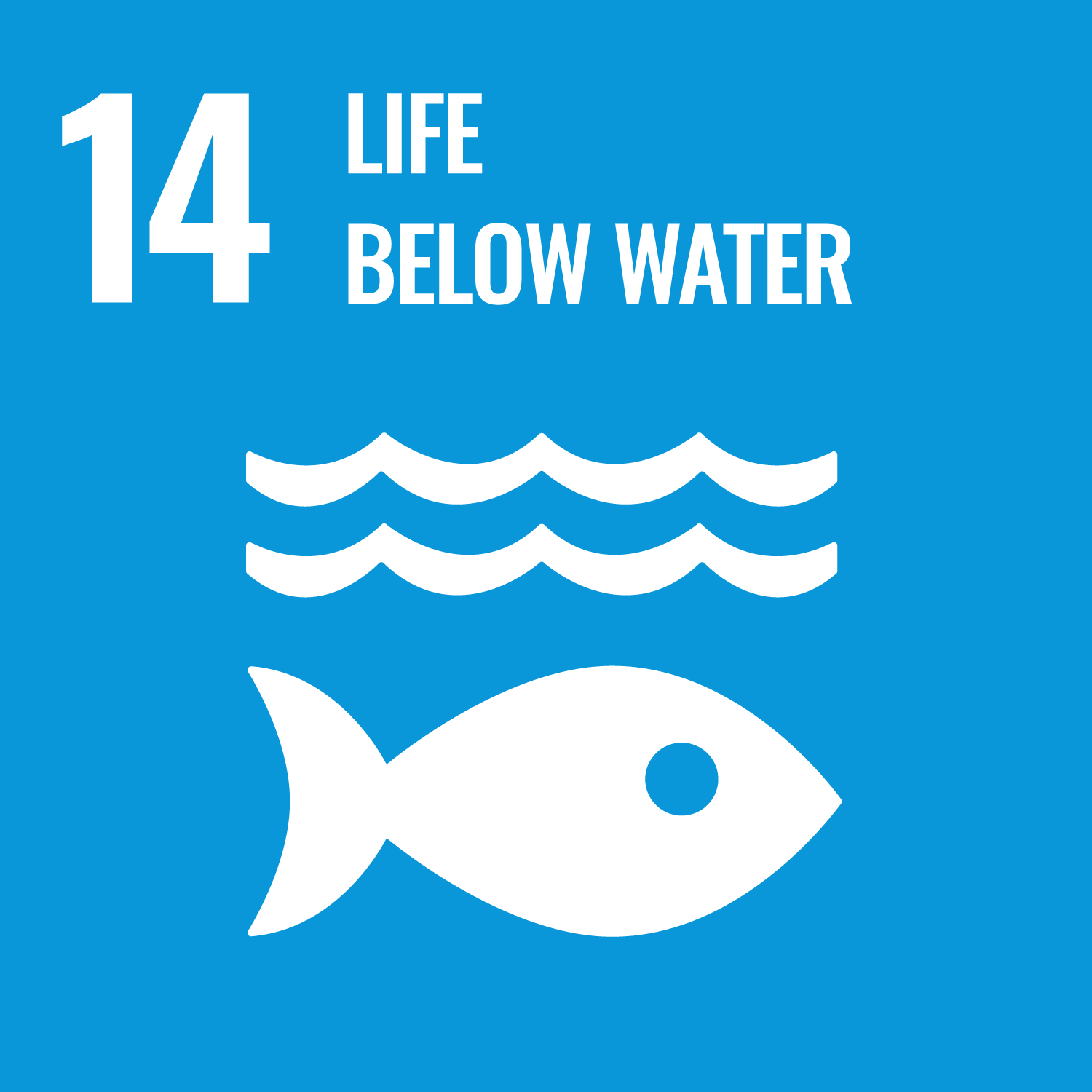ORCID
- Alice E. Hall: 0000-0002-1048-3101
Abstract
Concrete is extensively used in coastal engineering and development which, in addition to its high carbon footprint, threatens intertidal habitats and ecosystems. Eco-engineering addresses this by designing habitat features into coastal infrastructure. The chemical bioreceptivity of cement has been shown to vary, but ordinary Portland cement is generally considered to be the least bioreceptive. In this study, we compare two low carbon mortars (a natural, single source cement (VP), and an ordinary Portland cement/ ground granulated blast furnace slag blend (GGBS)) with an ordinary Portland cement-based control mix (OPC). The three mortars were made into smooth blocks which were secured to crates and deployed subtidally in two estuary sites on the south UK coast for 1 year. At 3-, 6- and 12-months intervals a crate was recovered from each site and species abundance, biomass and assemblage composition were determined. After 12 months, the VP mortar was significantly more species rich than both the OPC control and GGBS mortar, and organisms were significantly more abundant (numeric counts only), though this varied by mortar and site. However, OPC controls showed significantly higher percentage cover of biota than both low carbon mixes in both harbours. Overall, the GGBS mortar showed the least bioreceptivity of all three mortars. It is evident that the primary chemical bioreceptivity of OPC, GGBS and VP is inconsistent between ecological metrics and study sites and that using lower carbon cements does not necessarily enhance colonisation. The primary chemical bioreceptivity of these mortars may therefore perform inconsistently and other intrinsic factors that impact bioreceptivity and primary succession, such as rugosity, should be prioritised when designing ecological enhancements. Sustainability of materials, such as opting for low carbon cements, should also be a priority.
DOI Link
Publication Date
2024-01-01
Publication Title
Ecological Engineering
Volume
204
ISSN
0925-8574
Acceptance Date
2024-05-02
Deposit Date
2024-09-04
Additional Links
Keywords
Coastal engineering, Eco-engineering, Ecological enhancement, Greening the grey, Nature inclusive design, Nature-based solutions
Recommended Citation
Bone, J., Hall, A., Stafford, R., & Herbert, R. (2024) 'Inconsistent bioreceptivity of three mortar mixes in subtidal sites', Ecological Engineering, 204. Available at: 10.1016/j.ecoleng.2024.107265




